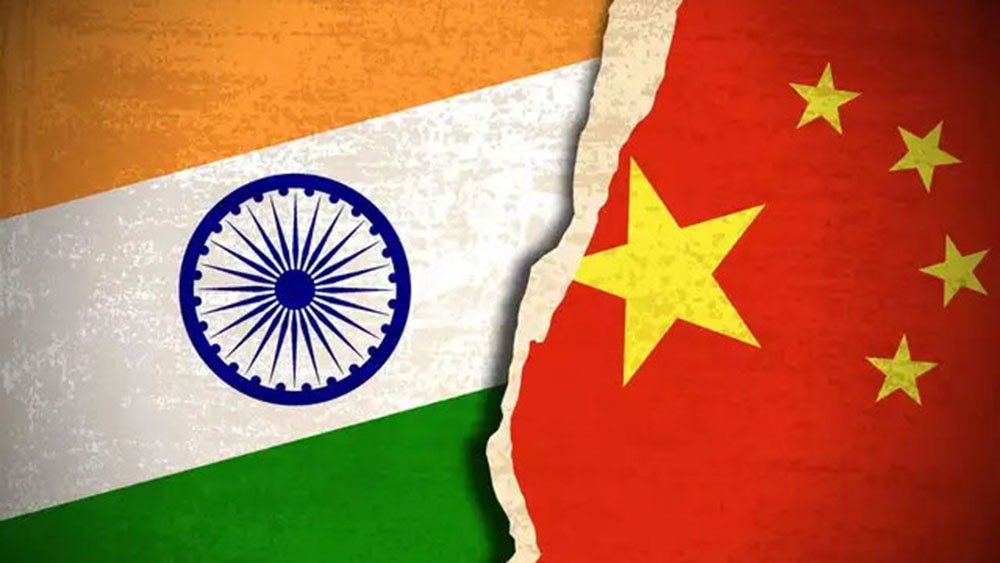India and China are all set to resume their border trade soon through Lipulekh Pass, which had been abruptly suspended in 2019 due to the Covid-19 pandemic, reports NDTV Profit. The pass has long been a focal point of attention, not only for its role in trade and pilgrimage but also as a flashpoint in the territorial dispute between India and Nepal.
A joint statement issued on Tuesday after wide-ranging talks in New Delhi between Chinese Foreign Minister Wang Yi with External Affairs Minister S Jaishankar, National Security Adviser Ajit Doval and Prime Minister Narendra Modi confirmed that both sides agreed to re-open border trade through the three designated trading points, namely Lipulekh Pass, Shipki La Pass and Nathu La Pass.
However, a day after the announcement, the Nepal government reiterated its claim over the Lipulekh region, calling it an inseparable part of its territory and highlighting that the area is already incorporated into Nepal’s official map. In response, the Ministry of External Affairs dismissed Kathmandu’s claims, saying they are “neither justified nor based on historical facts and evidence”.
The Lipulekh Pass, located at an altitude of about 17,000 feet in Pithoragarh district of Uttarakhand, lies on the India-China-Nepal trijunction. It connects India’s Kumaon region with Tibet’s Taklakot and has historically served as a route for traders, travellers and pilgrims. The pass serves as the shortest path for the Kailash Mansarovar Yatra, a pilgrimage sacred to Hindus, Buddhists and Jain
Border trade through Lipulekh, suspended after the 1962 India-China War, was revived in 1992. The pass connects India to Tibet’s trading town of Taklakot (Purang), and the Pithoragarh–Lipulekh Highway now facilitates access for Indian pilgrims and traders.
India and China are set to resume their border trade soon through Lipulekh Pass
NEW DELHI, AUG 21 (AGENCIES)

